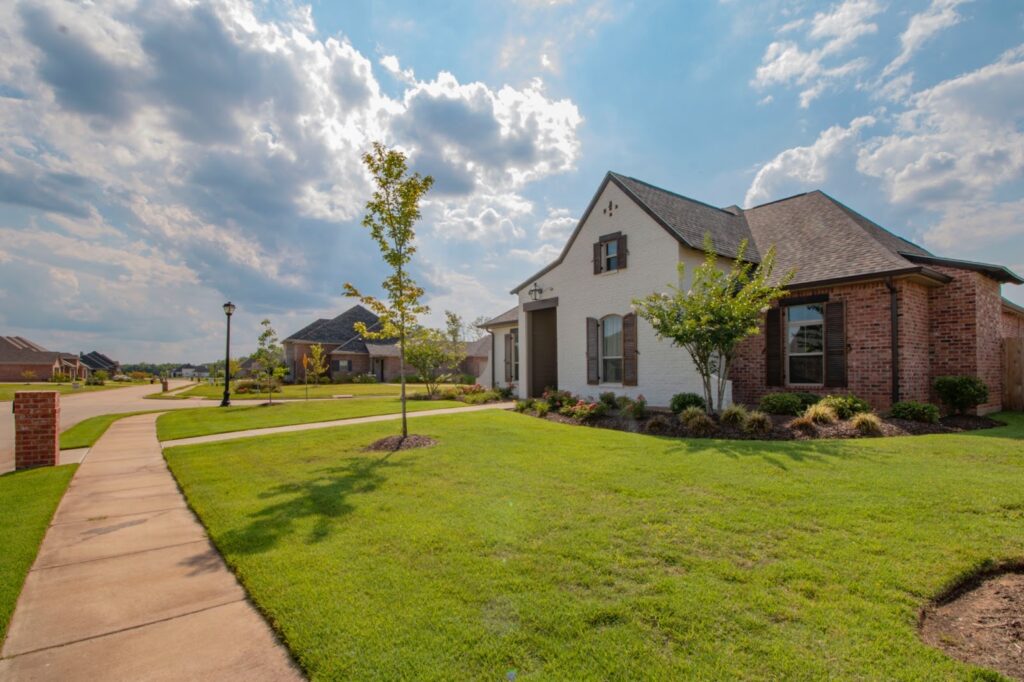Buying a condo is a fantastic idea if you are looking to downsize from a large home or if you want to get a bit of an upgrade from a boring apartment. They have started to become more and more popular in the last few years, with so many people choosing to deal with a smaller place instead of worrying about all the extra repairs that might come along with owning a house. If you have thought about investing in some condos to use as rental properties, you should have a look at this great article to find out how to buy a condo in the US and rent it out fast.
Condo Market In US
Current State of the Condo Market:
There are around 5 million condos in us which made it a billion dollar market. According to the National Association of Realtors (NAR), condos and townhouses accounted for 14% of all existing-home sales in 2022, up from 12% in 2021. This increase can be attributed to several factors, such as affordability, low maintenance, and urbanization. Tucson, Philadelphia, Oklahoma City, St. Petersburg and Torrignton are the five most demanding area to run rental condo business.
Condos are often more affordable than single-family homes, making them a popular choice for first-time homebuyers and downsizing seniors. Additionally, condos require less maintenance than a house, as the condo association is responsible for common areas and exterior maintenance.
Trends in the Condo Market:
One of the biggest trends in the condo market is the shift towards urban living. With more people moving into cities, the demand for condos in urban areas has increased. Developers are responding to this demand by building more high-rise and mid-rise condo buildings in urban centers. Another trend in the condo market is the rise of luxury condos with exclusive amenities, such as rooftop pools, fitness centers, and concierge services. These amenities can help differentiate a condo building from its competitors and attract high-end buyers.
Steps To Follow To Find and Rent Out A Condo Fast
Step 1: Figure out your budget and what you want to look for
Once you figure out how much you want to invest, you will be able to quickly narrow down the areas you are less likely to purchase. Condos can vary quite a bit in price from state to state, so think about how much you want to spend before you start looking. If you don’t know the exact number, talk to a financial expert, and they will be able to help you figure out what your finances will look like before you consider making a large investment.
Step 2: Figure out who you need to talk to
If you are buying a condo from an area that you are not local to, then you will likely need to work with a realtor to ensure that you are getting every step completed. Some places require you to work with a local property manager to ensure that your condos are being well taken care of, so you might need to consider talking to a property manager that works for the building. This all depends on what is required by the area you are purchasing from, so do as much research as you can to ensure you are meeting all of the requirements.
Step 3: Make sure it’s worth it
If you see a fantastic price on a newly listed condo, you should make sure it’s going to be worth your money before you get too excited. The property value is much more important than you think, so have a look at whatever you can find out about the building it is located in. Some condo buildings are rife with issues that give them a bad reputation, and investing in these units will likely make you lose money. Check out the average prices for condos in the neighborhood and look up reviews on the building so you can see if there are any significant problems that might turn your investment sour.
Step 4: Check out the neighborhood
One tip that is great for investors is to consider what the entire neighborhood looks like so you can get a better idea of what the property values will look like in the future. Places like Torrington are full of new stores, which shows the area will continue to rise in popularity, and that is great if you are looking to sell a condo in the future. If the neighborhood looks like it hasn’t had a new store in the last decade, then you should probably avoid it. These neighborhoods often deter new residents, so it will be much harder to rent out the condo, even if the building itself is in excellent condition.
Step 5: Finalize the sale

Once you have found a condo you like, it’s time to make an offer and finalize the purchase. You can work with your realtor and decide what is a good price to offer but make sure you use the research you have done on the property value to decide on your final offer. A realtor will be able to help finalize the sale and pass the ownership over to you, even if you don’t live in the same town. Once you have finalized all of your paperwork, you can start getting your new condo ready for potential buyers.
Step 6: Make it look great
After you have made your final purchase, you will likely want to do whatever you can to make sure it is rented out as soon as possible. If the condo is empty, consider hiring a professional to come in and stage it for photos so new renters can get a better idea of what the space will feel like. Homes that are staged rent far quicker than those that are left empty, and you will likely have a much larger renter pool to choose from if the condo is more appealing to a wider group of people.
Step 7: Market it right
Now that you have gone through the purchase process, you can start to consider what you will need to do to make your condo appealing to new renters. Most buildings won’t allow you to make major changes, but you can still do the best you can with what you have by hiring a professional to give it a good image. Talk to a local photographer or videographer to get some great shots and video tours of the condo to make sure the listing stands out among others.
Step 8: Keep up with it
One major mistake many investors make when it comes to rental properties is forgetting about keeping up with them. If you can’t get there all the time, ask your property managers to give you updates on whatever they need to so you can make sure you are on top of things as much as you can be. There’s nothing like hearing a renter is moving out because of issues that could have been prevented if you had decent communication with your property manager. Do your best to stay updated on any issues or problems that might come up, so you can get them sold as soon as possible.
Renting out a condo is one of the best ways to make a bit of extra income, and condos have become more popular than homes in many metro areas. They have become popular all over the country, with so many people choosing to reduce their overall expenses and ditching their large homes for smaller spaces which makes them perfect for anyone that is looking to invest. If you want to invest in some condos, now is one of the best times to do it, and there are plenty available all over the country, so you can find one (or a few!) that will fit your budget.
Author: Shannon Quantock














